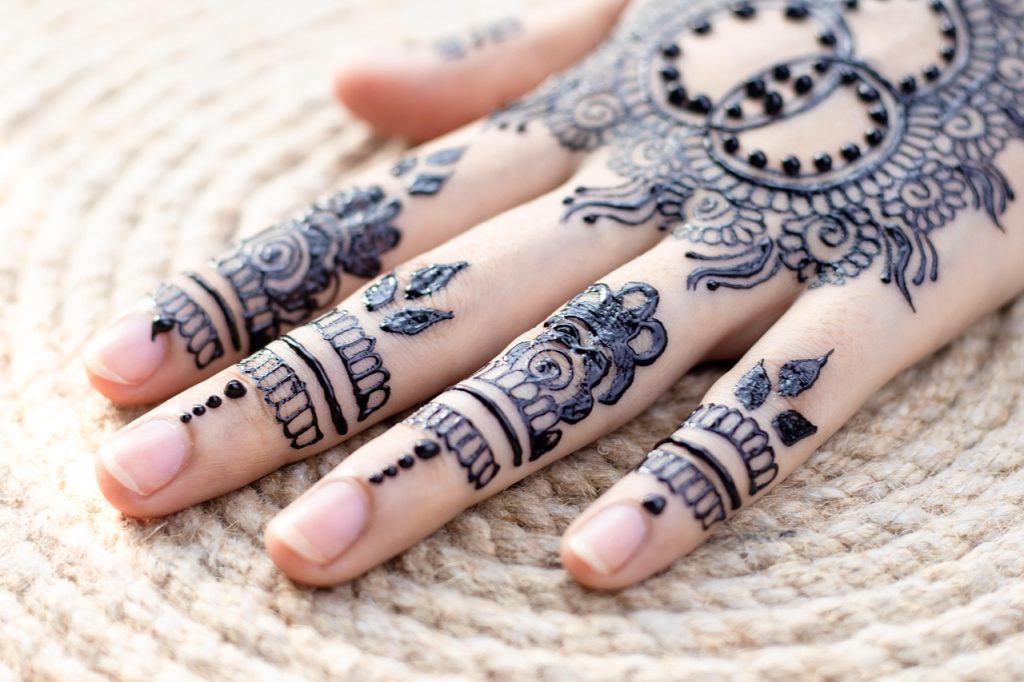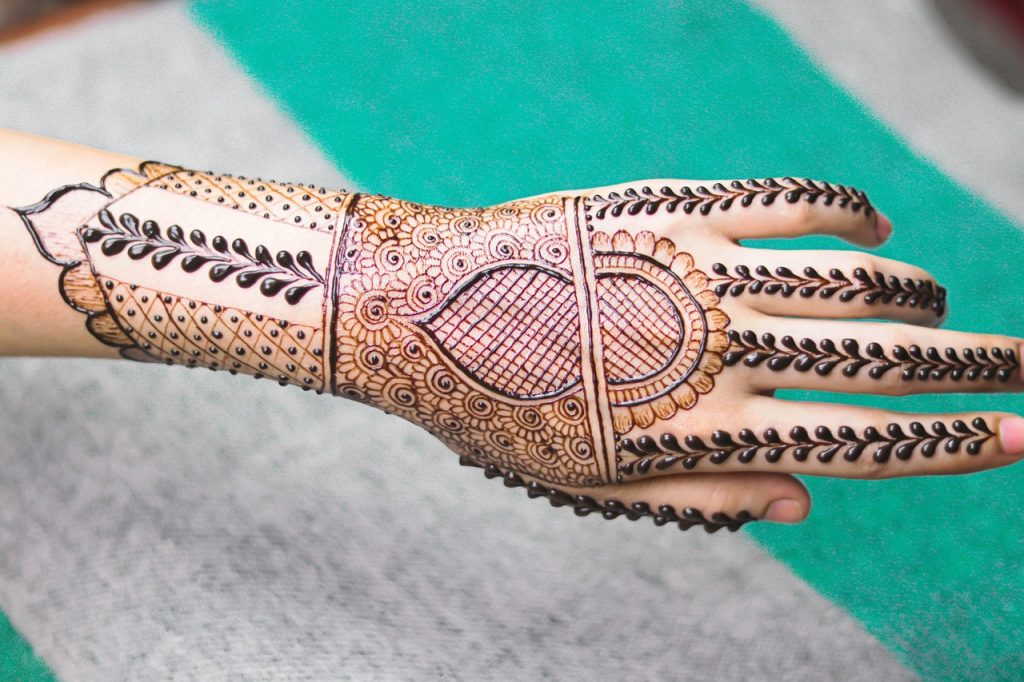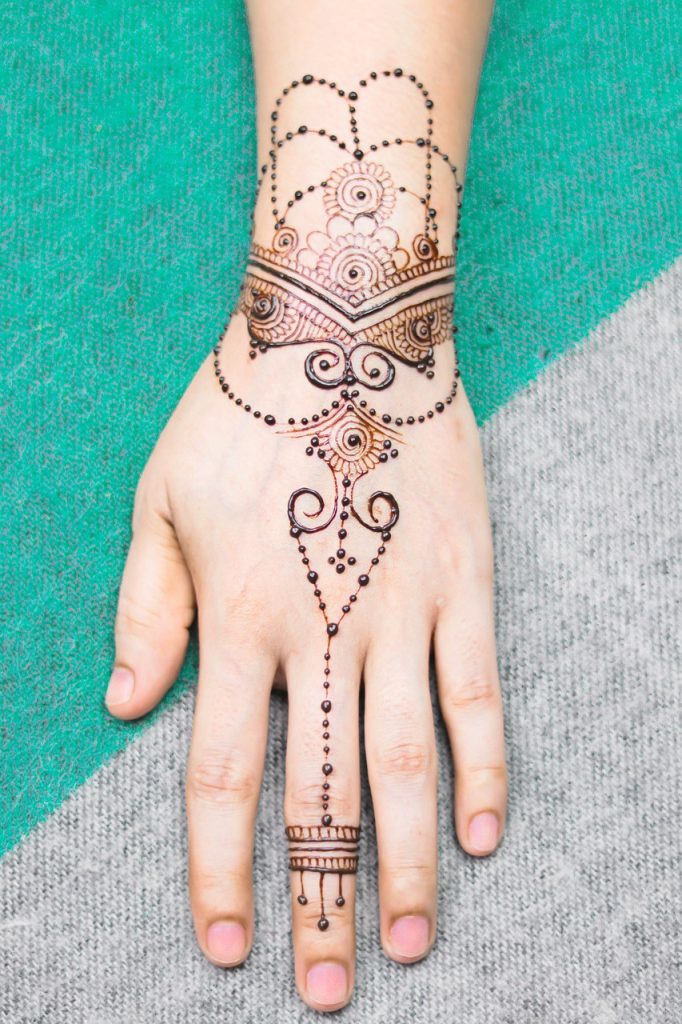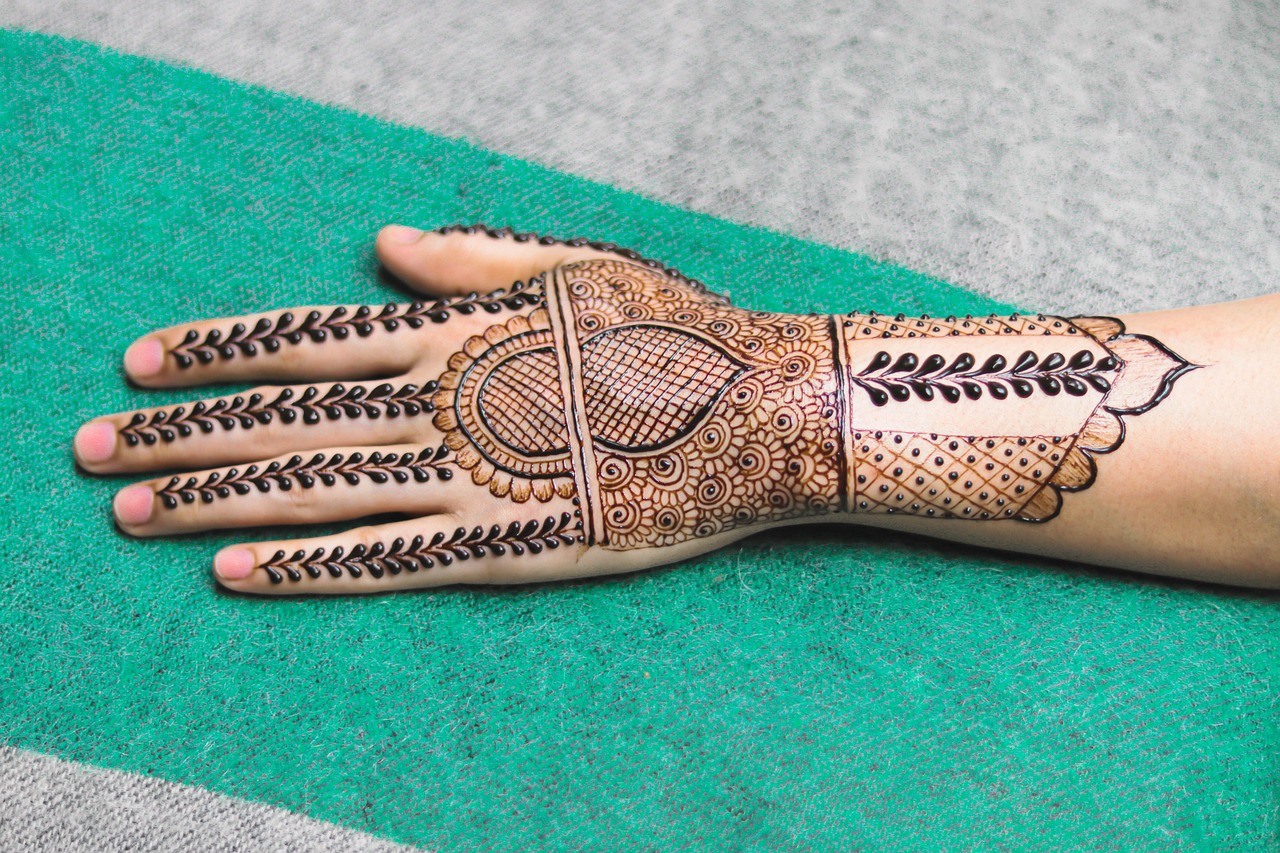The Significance of Mehndi in Different Cultures

Hand design mehndi, also known as henna, is more than just a beautiful adornment. This intricate art form has historical significance in many cultures, particularly in South Asia and the Middle East. Mehndi is often used during weddings, festivals, and special occasions as a symbol of joy and celebration.
The designs, which range from simple patterns to elaborate motifs, tell stories of love, prosperity, and good fortune. Education about these meanings can enhance appreciation for the artistry involved in hand design mehndi.
What are the different styles of mehndi design?
There are countless styles of mehndi designs, including Arabic, Indian, and Moroccan. Each style has unique characteristics and cultural significance. Arabic designs tend to feature bold outlines and floral patterns, while Indian mehndi often incorporates fine details and complex motifs.
Did You Know?
According to a study conducted by the International Journal of Dermatological Research, henna has been used for over 5,000 years, with its first use traced back to ancient Egypt. [Source]
Choosing the Right Mehndi Artist

Finding a skilled mehndi artist is crucial for achieving the perfect hand design. Look for someone with experience, a strong portfolio, and positive reviews. Communication is key; discuss your vision and any specific design elements you desire.
Additionally, consider scheduling a trial session to ensure satisfaction before a major event. This not only allows you to test different designs but also helps establish comfort with your artist.
What should I ask my mehndi artist before hiring them?
Before making a decision, ask potential artists about their experience, the types of designs they specialize in, and the ingredients used in their henna paste. It’s also helpful to inquire about their availability for your event date.
Expert Insight
According to renowned mehndi artist Nabila Jalil, “A good mehndi artist should understand your style and preferences while providing expert suggestions to enhance your vision.” [Source]
Aftercare for Your Mehndi Design

Proper aftercare is essential to preserve the longevity of your mehndi design. Avoid washing your hands for at least 24 hours after application. This allows the dye to set better, resulting in darker and more vibrant henna.
Additionally, keep your hands away from water, and avoid applying lotion or oil on the design for several days. These little precautions can make a significant difference in how long your design lasts.
How long does henna last on the skin?
On average, hand design mehndi can last anywhere from 1 to 3 weeks, depending on skin type, aftercare, and the quality of henna used. With proper care, you can maximize its duration and maintain its beauty.
Pro Tip
According to expert henna manufacturers, using lemon juice and sugar to top your mehndi while it dries can enhance the color and ensure a deeper stain. This technique is widely used among professional artists for its effectiveness.
Conclusion

Hand design mehndi is a beloved tradition that combines art with cultural significance. Whether you’re preparing for a wedding, festival, or personal celebration, understanding the intricacies of mehndi can enrich your experience. From choosing the right artist to mastering aftercare, being informed can help showcase the beauty of this timeless art form.
If you enjoyed this guide, consider sharing it with friends or following us on social media for more tips on mehndi and cultural celebration! Additionally, feel free to download our comprehensive guide to mehndi designs for a complete overview.
